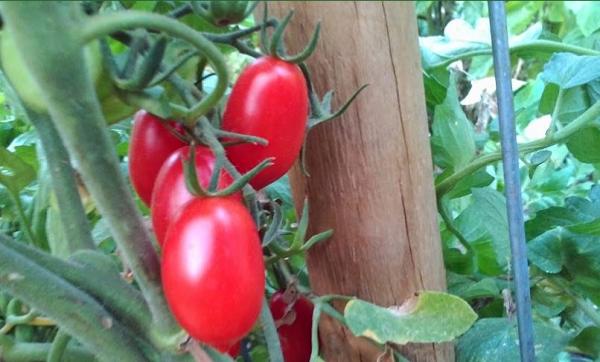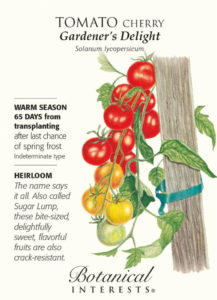 Choosing Tomato Varieties
Choosing Tomato Varieties
We have a vast collection of tomato seeds ready for starting. We also have a beginning assortment of tomato starts in our bedding department.
Tomatoes group nicely into types according to growth habit and production.
Determinate types grow in a compact, bush form, requiring little or no staking. Fruit forms on the ends of the branches; most of the crop ripens at the same time. One or more successive plantings will ensure an extended harvest period. Determinate types are often the choice of those who want a large supply of ripe fruit at once for canning. Determinate types include Ace 55 and Italian Roma.
Indeterminate varieties continue to grow and produce fruit all season until the first frost. Tomatoes in all stages of development may be on the plants at one time. The plants set fruit clusters along a vigorously growing vining stem. Under optimum conditions, some can grow over 15′, but in most home gardens they reach about 6′. Some indeterminates have a bush form with stockier vines, which set fruit clusters closer together. Indeterminate types include Beefsteak, most cherry tomatoes, and San Marzano (paste).
Semi-determinate tomatoes also continue to produce up until frost. A good one to consider is Glacier.
Tomatoes can also be also grouped by use, shape, and size.
For slicing, use tomatoes that are large and juicy.
Paste (sauce/Roma/plum) tomatoes are drier (concentrated flavor), with fewer seeds, making them ideal for a sauce but also excellent for slicing.
Cherry tomatoes are bite-sized and come in several shapes like oblong, pear-shaped or round.
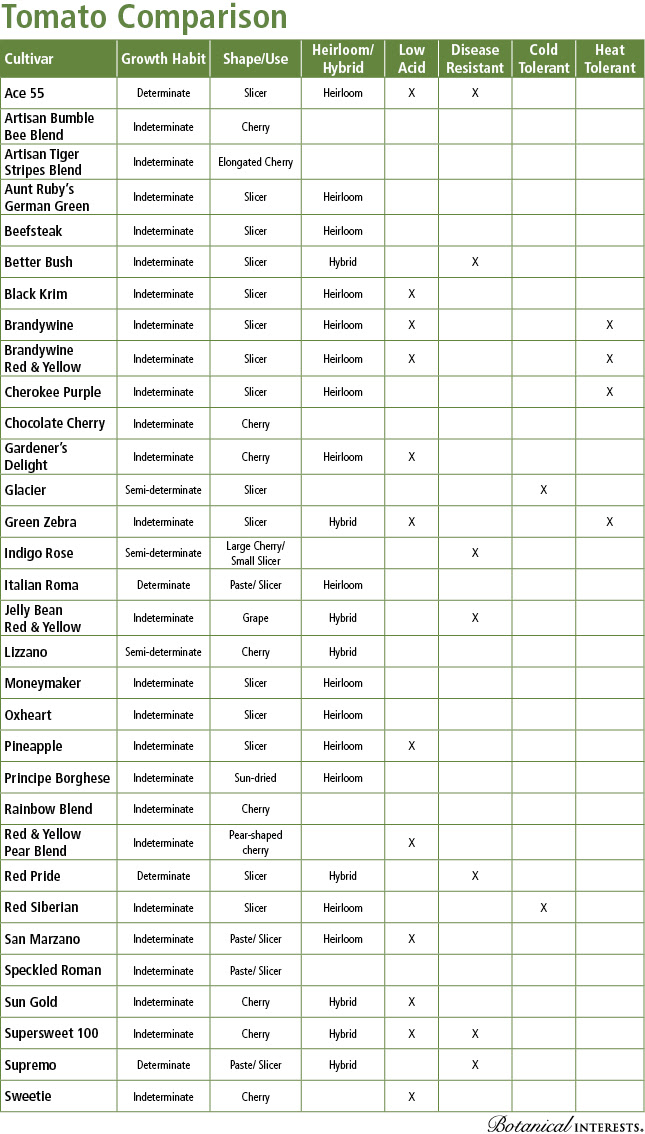

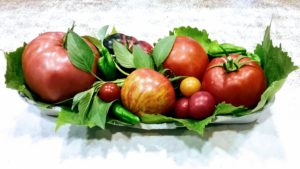 August is the month to begin thinking about winter vegetables. Yes, it seems too hot, but seeds for broccoli, cauliflower, cabbage, kale, and snap peas can be started in the ground or indoor seed trays this month. August is also the time to keep an eye out for mildew. As the sun sets lower in the sky and days shorten, fungus diseases like mildew begin to affect squash, pumpkins, cukes, and melons. Treat with Bonide Copper Fungicide.
August is the month to begin thinking about winter vegetables. Yes, it seems too hot, but seeds for broccoli, cauliflower, cabbage, kale, and snap peas can be started in the ground or indoor seed trays this month. August is also the time to keep an eye out for mildew. As the sun sets lower in the sky and days shorten, fungus diseases like mildew begin to affect squash, pumpkins, cukes, and melons. Treat with Bonide Copper Fungicide.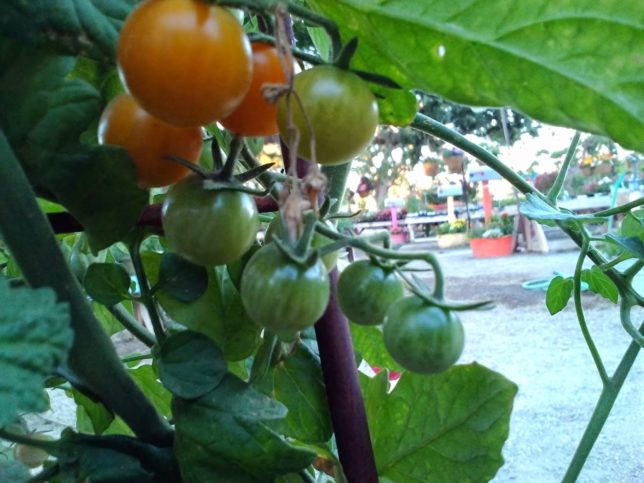
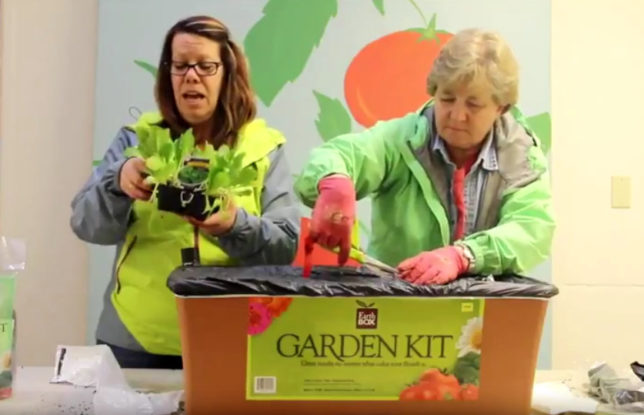
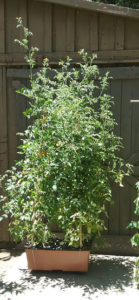
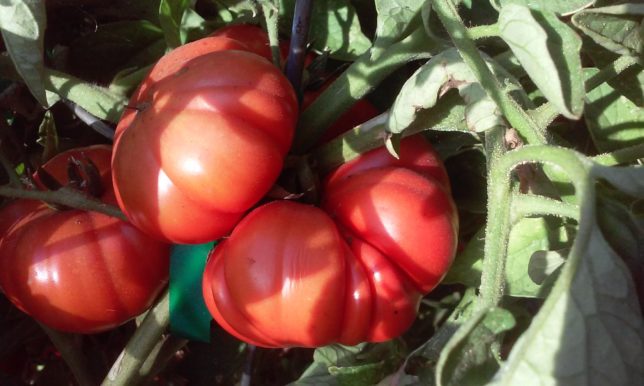
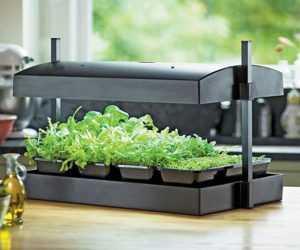 This week is unique in that we enter the window of time for starting vegetables for setting out into the garden later. Gardeners can also set out starter plants for a second, bumper crop of cool season crops.
This week is unique in that we enter the window of time for starting vegetables for setting out into the garden later. Gardeners can also set out starter plants for a second, bumper crop of cool season crops.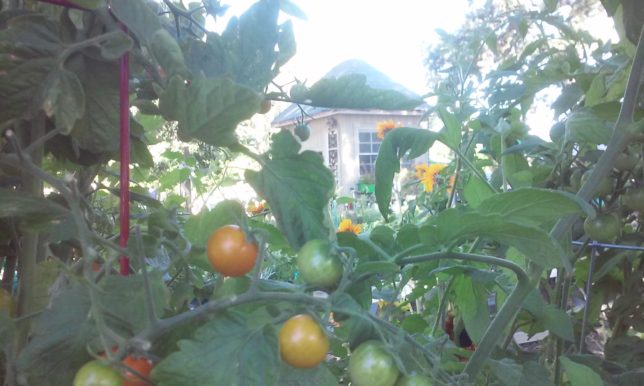
![artichoke600[1]](https://www.aldenlane.com/m/wp-content/uploads/2015/11/artichoke6001.jpg)
![artichoke600[1]](https://www.aldenlane.com/m/wp-content/uploads/2015/11/artichoke6001-150x150.jpg) After harvesting, the last artichokes from a stem, it will wither, and the leaves will die back to the ground. Mid-summer is also the time to cut the stem and leaves to the ground. New shoots will grow from the base producing a new plant with next year’s crop. Make regular applications of Sluggo Plus to ward off earwig invaders.
After harvesting, the last artichokes from a stem, it will wither, and the leaves will die back to the ground. Mid-summer is also the time to cut the stem and leaves to the ground. New shoots will grow from the base producing a new plant with next year’s crop. Make regular applications of Sluggo Plus to ward off earwig invaders.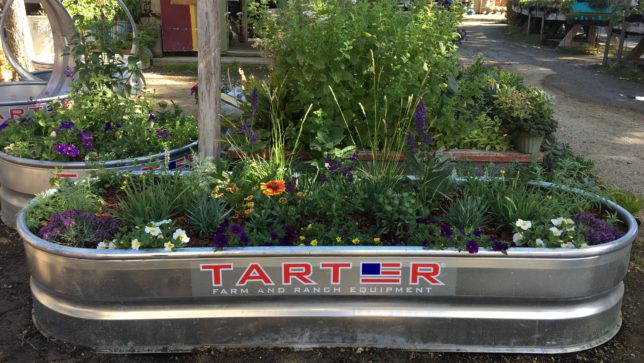
 DRILL DRAINAGE HOLES
DRILL DRAINAGE HOLES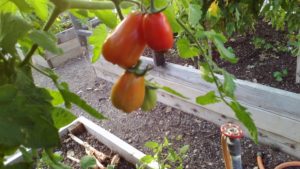 Growing vegetables in a raised bed solves several problems and makes gardening more productive and rewarding. Our heavy clay soil can be tough to work and slow to drain. Adding compost helps on both of these fronts. Using a raised bed with well-improved soil allows one to garden in a deep friable earth that drains well, plants love and does not require too much bending over to maintain.
Growing vegetables in a raised bed solves several problems and makes gardening more productive and rewarding. Our heavy clay soil can be tough to work and slow to drain. Adding compost helps on both of these fronts. Using a raised bed with well-improved soil allows one to garden in a deep friable earth that drains well, plants love and does not require too much bending over to maintain.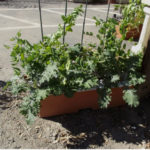 We also sell EarthBoxes which have many of the same benefits as raised beds… They are self-contained systems, so they use water very wisely and grow more produce in a smaller space. We are all surprised at how much produce you can harvest from a single EarthBox.
We also sell EarthBoxes which have many of the same benefits as raised beds… They are self-contained systems, so they use water very wisely and grow more produce in a smaller space. We are all surprised at how much produce you can harvest from a single EarthBox.